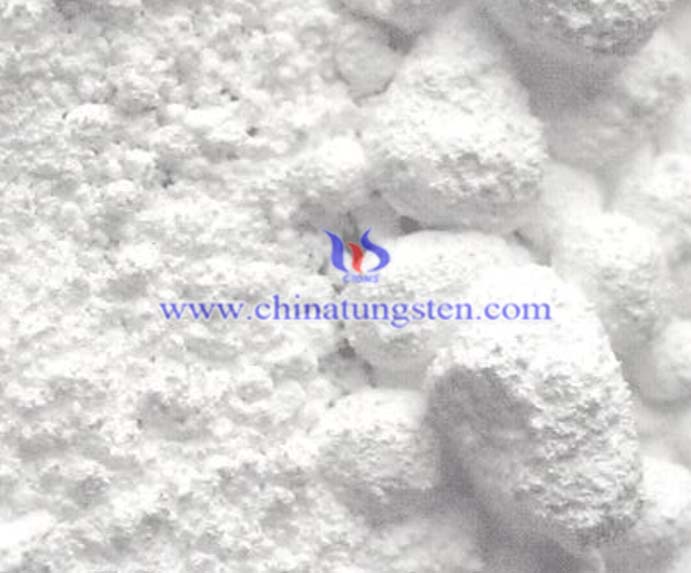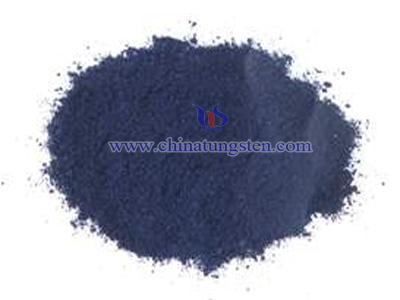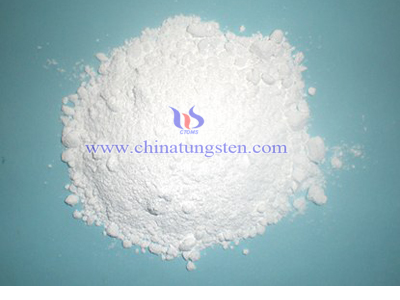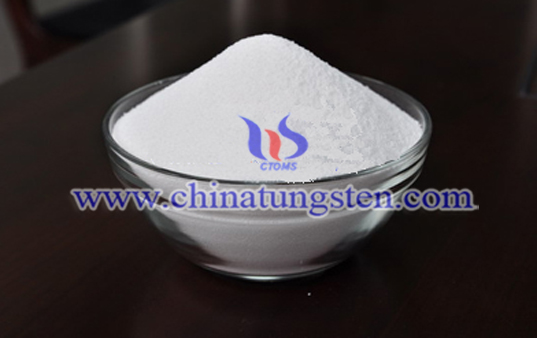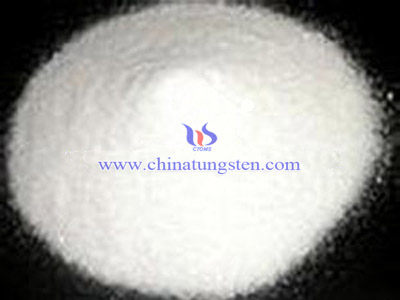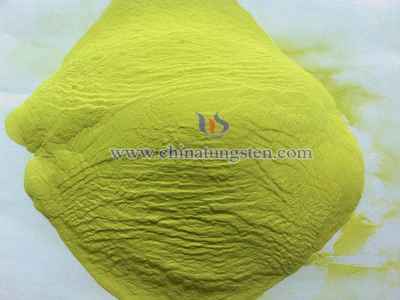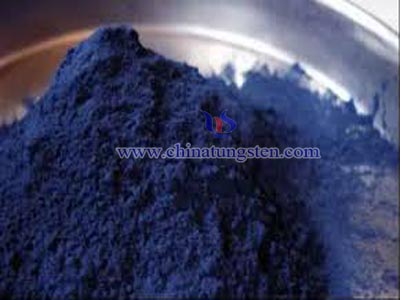Ammonium Metatungstate in Biomedical Applications
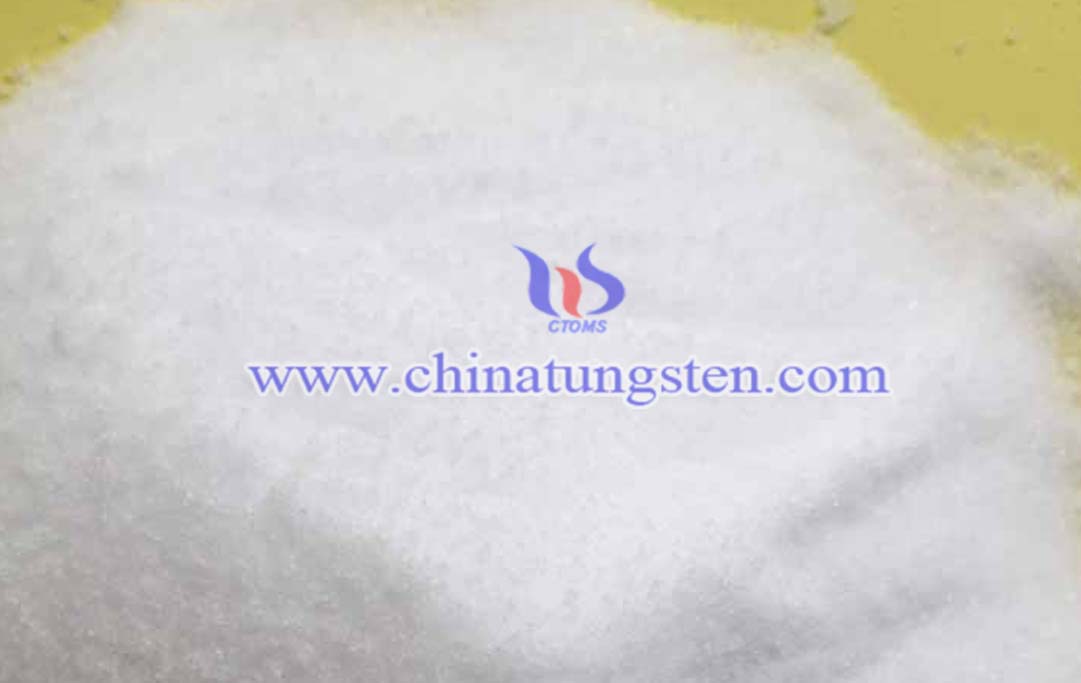
Tungsten compounds derived from ammonium metatungstate (AMT) exhibit emerging potential in the biomedical applications, particularly in cancer photothermal therapy and antibacterial materials, offering new directions for precision medicine.
Cancer Photothermal Therapy
WO₃ nanoparticles, due to their excellent photothermal conversion efficiency (high near-infrared light absorption), are utilized in cancer photothermal therapy (PTT). WO₃ nanoparticles (particle size 10-50 nm) prepared from AMT via hydrothermal or sol-gel methods can rapidly heat to 50-60°C under near-infrared light (808 nm or 1064 nm) irradiation, effectively inducing cancer cell apoptosis.
• Technological Progress: Studies show that WO₃ nanoparticles prepared from AMT possess good biocompatibility and photothermal stability. Surface modifications (e.g., coating with polyethylene glycol or silane) further enhance their dispersibility and targeting in vivo. Additionally, WO₃ nanoparticles can be combined with photodynamic therapy (PDT) to achieve synergistic therapeutic effects.
Antibacterial Materials
WO₃ nanoparticles also exhibit photocatalytic antibacterial properties, generating reactive oxygen species (ROS) under visible light to effectively eliminate bacteria and viruses. WO₃ nanomaterials prepared from AMT, enhanced through doping or composite modifications (e.g., Ag-WO₃), significantly improve antibacterial efficiency.
• Technological Progress: Research indicates that WO₃ nanoparticles prepared from AMT achieve over 99% killing rates against Escherichia coli and Staphylococcus aureus under light irradiation, making them suitable for medical device coatings and air purification materials.

